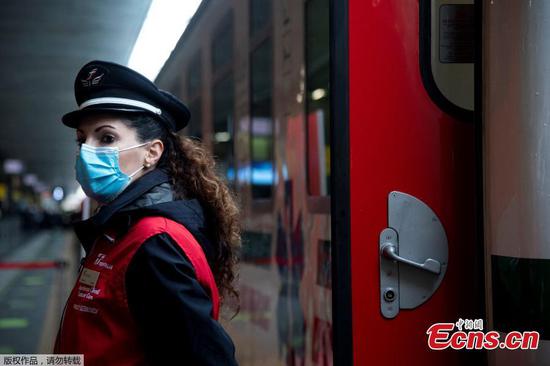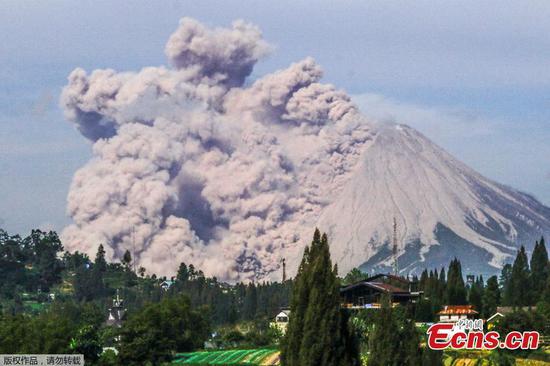Far fewer people are dying from COVID-19 today than in January, but more than 1,000 Americans die from the disease every day -- alone at home or in hospitals, gasping for air, suffering heart attacks or slipping silently away, reported USA Today on Monday.
Though treatment for the sickest patients has improved since the World Health Organization declared COVID-19 a pandemic a year ago, roughly 20 percent of patients sick enough to be hospitalized still end up in intensive care -- a figure that hasn't changed in the past year, said Kevin Tracey, a neurosurgeon and president and CEO of the Feinstein Institutes for Medical Research, the research arm of Northwell Health, New York's largest health care provider.
And death rates remain concerningly high in ICUs, he was quoted as saying.
Doctors also said that the care they give is clearly better than it was a year ago, if only because the disease is better understood and hospitals aren't overflowing with desperately sick patients.
"We've gotten much better at managing patients with COVID-19. Much better than back in March (2020)," said Daniel Griffin, an infectious disease specialist at ProHEALTH Care, which has 300 health care locations in New York.
However, "the past 12 months have been largely filled with trial and error, rather than systematic learning, with little coordinated effort and lots of missed opportunities to turn millions of people's miserable experiences into lessons for others," the paper quoted doctors as saying.
"A year later," Tracey said, "we're still flying blind."
"Suffering patients and hopeful caregivers have naturally filled the gaps with over-the-counter or readily available options, some of which might be helpful and some hazardous -- there's limited research to tell the difference," said the paper.
The federal government has been running clinical trials in collaboration with private companies, known as the Accelerating COVID-19 Therapeutic Interventions and Vaccines (ACTIV) program to prioritize and speed development of promising treatments.
Those trials have failed to answer key questions, several physician-researchers was quoted as saying.
Meanwhile, as a positive sign, according to the U.S. Centers for Disease Control and Prevention (CDC), as of Friday more than 100 million COVID-19 vaccine doses had been administered and over 133 million vaccine doses distributed across the country.
U.S. President Joe Biden announced last week that the United States would have enough COVID-19 vaccine doses for every adult American by the end of May.
As of Monday noon, the Center for Systems Science and Engineering at Johns Hopkins University reported 534,946 COVID-19 deaths and almost 29.5 million confirmed cases in the United States, both the worst in the world.


















































